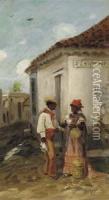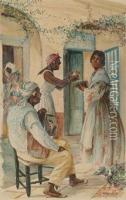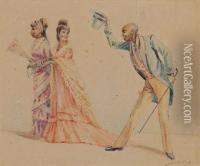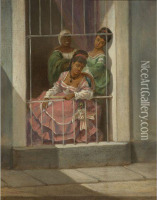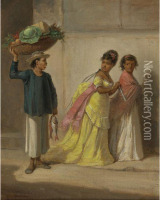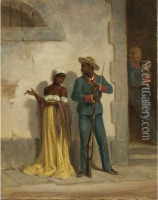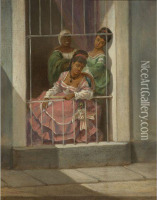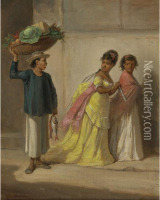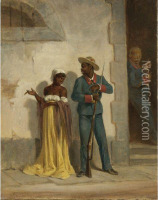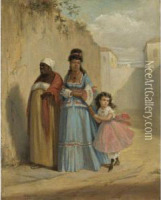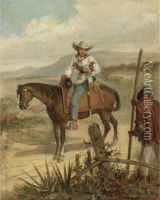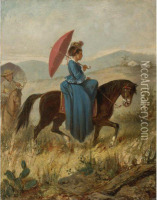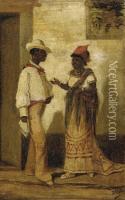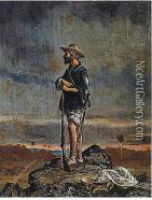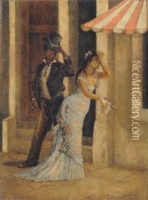Victor Patricio Landaluze Paintings
Victor Patricio de Landaluze, a pivotal figure in 19th-century Cuban art, was born in 1830 in Bilbao, Spain, and moved to Cuba where he spent most of his life until his death in 1889. Landaluze is especially renowned for his depictions of Cuban society, offering a unique and sometimes controversial perspective on the life and customs of his adopted country during a period of significant historical change. His work provides invaluable insights into the colonial era, slavery, and the complex social dynamics of the time.
Landaluze's artistic output was diverse, encompassing painting, illustration, and caricature. He was particularly noted for his skills in watercolor and his ability to capture the vibrancy and color of Cuban life. Through his illustrations and caricatures published in periodicals and newspapers, Landaluze became a prominent figure in Cuban visual culture, using his art to comment on social and political issues.
Despite his European origins, Landaluze developed a deep affinity for Cuban culture, which was reflected in his work. He is credited with helping to shape the visual identity of Cuban nationality through his depictions of everyday life, folk traditions, and rural landscapes. However, his work often depicted African slaves and other marginalized groups in ways that reflected the prevailing racial stereotypes and biases of his time, which has led to critical reevaluations of his legacy in modern times.
Landaluze's contribution to Cuban art history is significant, not only for his artistic talent but also for his role in documenting and shaping the visual narrative of 19th-century Cuba. His works are held in high regard and can be found in various museums and collections, both in Cuba and internationally. Despite the complexities of his representations, Landaluze remains a key figure in the study of Cuban art and culture, offering a window into the island's past that is both fascinating and fraught with the tensions of its colonial history.
